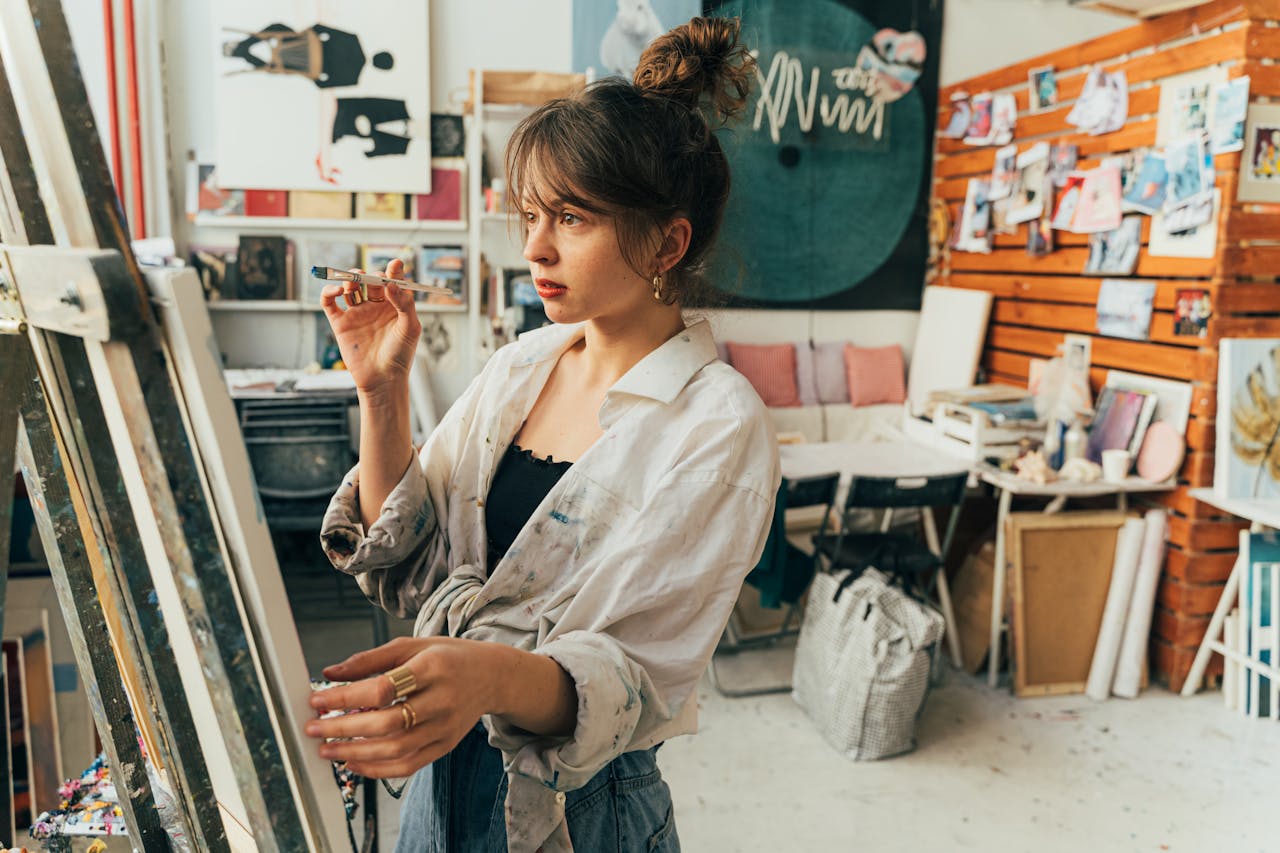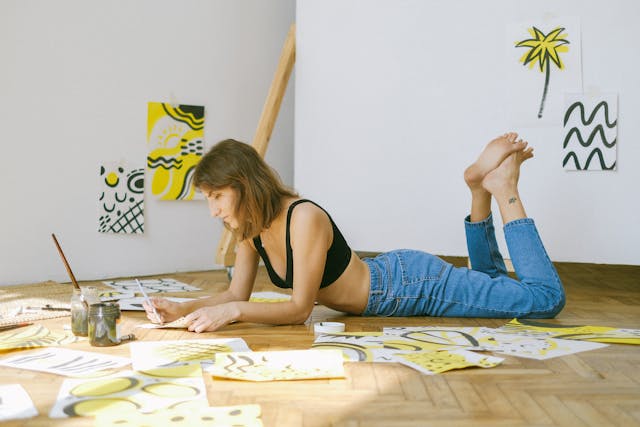The Intersection of Visual Arts and Mental Health: Healing Through Creativity
In recent years, the connection between visual arts and mental health has gained increasing attention. From painting and drawing to sculpture and digital design, creative expression is more than just a hobby — it can be a powerful tool for emotional well-being, self-discovery, and healing.

How Creativity Impacts Mental Health
Engaging in visual arts can have profound psychological benefits. Studies show that creative activities help to:
- Reduce stress and anxiety by providing a calming, meditative focus
- Enhance emotional expression, allowing individuals to process feelings that are difficult to verbalize
- Boost self-esteem and confidence as people create and accomplish tangible work
- Improve cognitive function, including problem-solving and memory
Art provides a safe outlet for exploring emotions, making it a therapeutic tool for people of all ages.
Art Therapy: Structured Healing
Art therapy is a professional practice where trained therapists use creative techniques to support mental health. It can help individuals:
- Cope with trauma or grief
- Navigate anxiety and depression
- Develop social and communication skills
- Explore identity and personal growth
Unlike traditional talk therapy, art therapy allows individuals to externalize internal experiences, making emotions visible and manageable through creative work.
Everyday Creativity for Mental Wellness
You don’t need formal training to reap the benefits of art. Simple practices can support mental health:
- Daily sketching or journaling: A few minutes of creative expression can help process thoughts and emotions.
- Coloring books for adults: Focusing on patterns and colors reduces stress and promotes mindfulness.
- DIY crafts and painting: Hands-on activities provide a sense of accomplishment and relaxation.
- Digital art and photography: Technology offers accessible ways to explore creativity and self-expression.
Regular engagement with art can become a healthy coping mechanism, improving overall well-being.
The Science Behind Art and Healing
Neuroscience research shows that creating art activates brain regions associated with emotion regulation, reward, and problem-solving. Engaging in visual arts can reduce levels of cortisol, the stress hormone, and trigger the release of dopamine, the “feel-good” neurotransmitter.
This combination of physiological and psychological benefits explains why art is effective in reducing anxiety, enhancing mood, and fostering resilience.
Building a Creative Mental Health Routine
Incorporating art into your routine doesn’t require perfection or pressure:
- Set aside dedicated creative time daily or weekly.
- Focus on the process, not the final product.
- Experiment with different mediums to discover what resonates most.
- Combine art with mindfulness techniques, like deep breathing or meditation, for enhanced relaxation.
Consistency and enjoyment are key to using art as a tool for mental wellness.

Final Thoughts
The intersection of visual arts and mental health highlights the power of creativity as a form of healing. Whether through structured art therapy or personal creative practice, engaging with art allows individuals to express emotions, reduce stress, and build resilience.
In 2025, embracing creativity isn’t just about making beautiful work — it’s about nurturing a healthier mind, one brushstroke, sketch, or design at a time.












